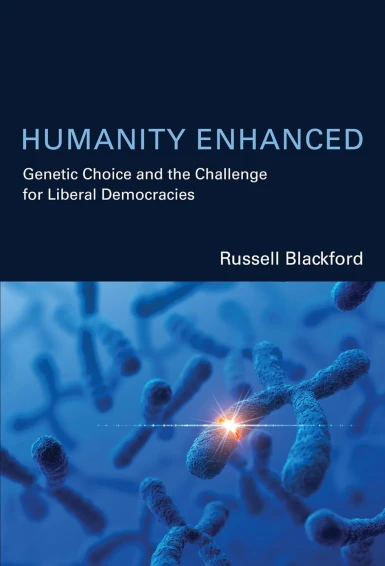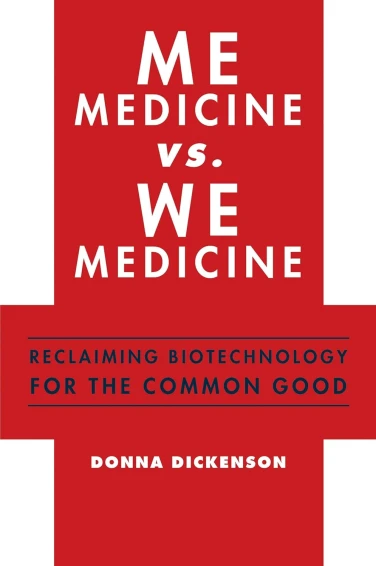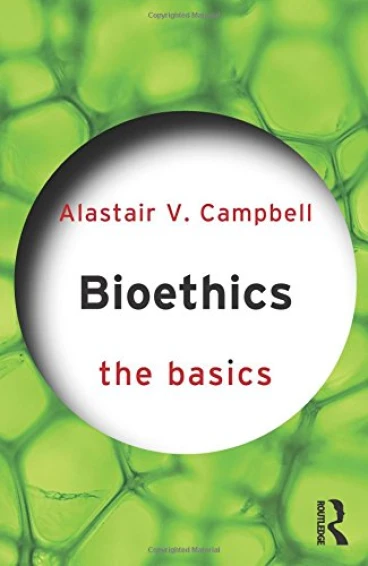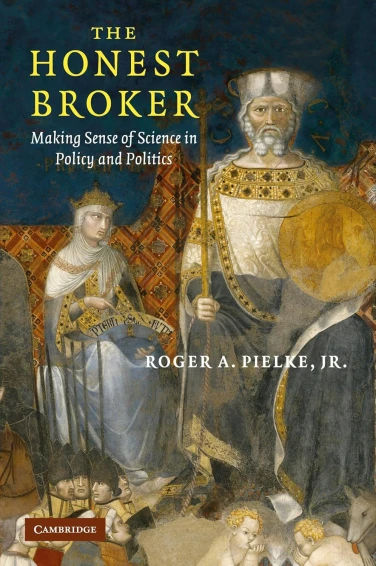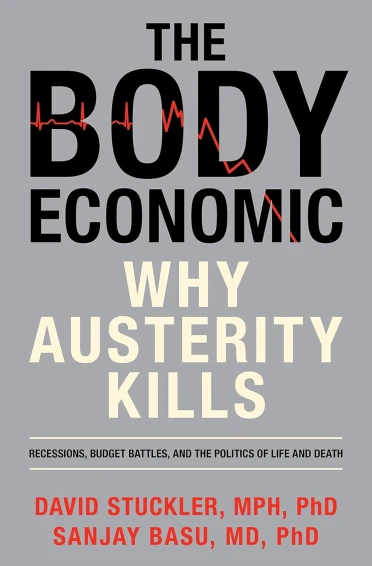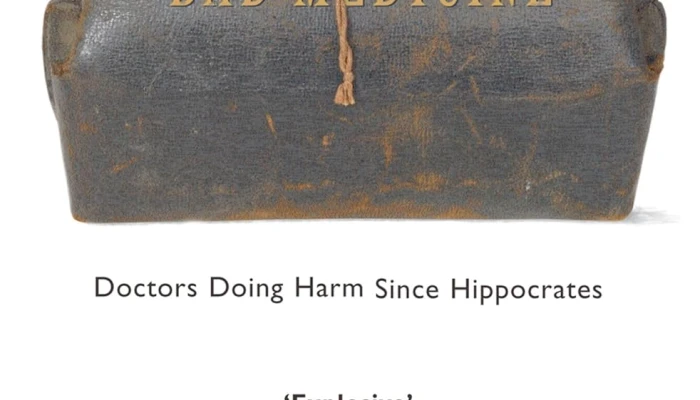
By David Wootton
ISBN 978-0-19-921279-8
Oxford University Press
£9.99 paperback
Referred to as “Explosive” by the British Medical Journal, David Wootton’s Bad Medicine offers what has been termed as the first general history of medicine “to focus on the frequency with which doctors have harmed their patients”. Wootton is Anniversary Professor of History at the University of York and a regular reviewer for the London Review of Books and the Times Literary Supplement. In 2006, the hardback edition of Bad Medicine was met with high acclaim as well as much controversy.
Naturally the book addresses the subject of medicine from a historical perspective, however the book is still of value to the social scientist, medical student and ethicist. The volume covers much ground and yet still makes for a smooth and engaging read without getting too caught up in necessary and lengthy detail. The book also boasts its own website which offers a comprehensive listing of much of the material the author has used in writing the book.
The main premise that Professor Wootton maintains and argues from is that plenty of early medicine was simple yet ineffective, largely doing more harm than good. He states that “the whole of medicine before 1865 was caught up in a fantasy world” (p.12), which allowed doctors to think they were doing good when in fact they were not. Up until the middle of the 19th century, powerful therapies existed but they were certainly not good for us. Wootton would argue that neutral therapies such as homoeopathy would have been better than some of the other therapies being offered by the medical profession. Based upon such sentiment, the author conjectures that discoveries that could have played a crucial role in the advancement of medical progress were either forgotten, misinterpreted or simply fell by the wayside in the face of professional opposition. One of the most interesting points of the book is the way in which Wootton focuses on the time lags between a first discovery of a medical treatment and the point of application. Such a focus helps to make the book an essential read for aspiring medical students as well as those who are involved and concerned with medical advances in procedures and technologies.
The Hippocratic Tradition
The book divides up into four main sections: The Hippocratic Tradition, Revolution Postponed, Modern Medicine and After Contagion. In the first, Wootton looks at the medical practices which continued largely unopposed from Hippocrates to the 19th century such as blood letting. For approximately 2,000 years doctors seem to hold to a notion that when disease set in the only main cure was to counteract excess or deficiency. Alongside this there was the belief that excess fluids could be eliminated from the body by inducing vomiting, inducing diarrhoea or by letting blood. From before the time of Hippocrates (c 460 to 375 BC), blood letting was a common medical practice and was even used to a limited degree during the First World War. Clearly reading of this practice today it is readily acknowledged that for someone who is already ill, it is not safe for them to lose numerous pints of blood over a short period of time. Other such therapies existed but were no more successful.
The microscope: a waste of time?
What seemed to be taking place in Wootton eyes was a battle between good and bad knowledge which consequently led to time lag between discovery and application. This is perhaps no where better illustrated than in the example of micro-organisms. The Dutch researcher, Antoni van Leeuvenhoek made a series of microscopes in the 1670s which literally give insight into the world of micro-organisms. With the ability to see at the micro level, suddenly micro-organisms were able to be identified in samples of canal water and the dirt from the street. Despite initial interest in these developments, within a couple of decades the microscope was not used again and disregarded as an insignificant piece of research equipment. Traditionally the line that was taken to explain this was that the equipment was simply not good enough. Yet the author posits that it was more a case of the equipment being of a high standard yet awkward to use. Wootton would rather argue that professional opposition caused the demise of the microscope drawing upon the claims of philosopher and doctor, John Locke. It was Locke’s belief that God had created our senses to meet our needs. Consequently, if we could not see the ‘micro world’ then there was no need for us to see it. In Locke’s eyes “microscopical science is ‘lost labour’ ” (p.136).
Moreover, Wootton seeks to explore the reasons behind the fact that despite doctors thinking they were doing good, why was it that the patients themselves felt that doctors were also doing good? Wootton suggest two main reasons. First, that diseases were self limiting and that doctors were in fact trying to achieve what the body’s natural healing processes were also trying to achieve. Secondly, the placebo effect had a large part to play in maintaining this reverence and unquestioning authority and power of the doctor. Through various examples, Wootton argues that where a doctor believes a certain therapy will work, their confidence is consistently transferred to the patient. Furthermore, if a patient took a placebo believing it to be a pain killer, the patient would duly experience a reduction in pain. This would not just be due to a mental state of mind but also due to the fact that the body produces endorphins which reduce pain. Consequently, the placebo mimics the working of opiates.
Studying disease
Proceeding to the third section of the book, entitled ‘Modern Medicine’, the author tackles a further cause that he believes to have affected true medical progress, namely the study of disease. For some time disease was regarded as a condition suffered by a particular patient and not something that could affect a particular part of a community, thus giving rise to a set of recognised conditions deemed to be typical of a particular disease. It was not until this was recognised thus allowing doctors to compare like with like that advances could be made in the treatment of disease. According to the author it was James Lind who conducted what could be defined as the first medical trial. In 1747, aboard the HMS Salisbury he took 12 sailors suffering from scurvy and split them into six groups. Out of this group, the only two who survived and were cured were those who had been given oranges and lemons to eat. However, once more there was a lag between the discovery and the application of this fact. Lind went onto become the Chief Medical Officer at the Royal Naval Hospital, Haslar, England. In developing his findings he began using concentrated lemon juice formed by boiling the juice to a very high temperature. Sadly, this destroyed the vitamin C and consequently made Lind’s treatment increasingly ineffective, which in turn caused him to loose faith in his remedy. It would not be until later research into this area looked back over the work of Lind and identified this flaw that his discovery would be given the recognition it deserved.
The author proceeds to state that progress could only truly be made once a systematic approach to the gathering and collation of statistics took place. In this regard, Wootton cites the work of John Snow who in 1854 visited every home in London where they had been a recent outbreak of cholera. From such a study, he went out to identify the water company common to all suffers. Wootton goes on to refer to the work of Joseph Lister and how his discovery and use of antiseptic he terms as the ‘moment when real progress began in medical therapy’. Using antiseptic in this way Lister saw his post-amputation death rate fall from 45 to 15%. Lister is not only a good example of progress in medical therapy but also of the book’s message of scientific development being delayed due to opposition. Lister believed he was applying the principles of “germ theory of putrefaction” which posited that decay was due to invisible living organisms and could be found almost anywhere and easily transmitted. However, for many years there had been a rival theory which had been held which stated that decay was simply a matter of a chemical process which gave rise to microbes been formed. To hold to the belief that infection could be prevented, as Lister clearly did, there had been a belief in the idea of germ theory. If microbes simply came out of no-where there was little that could be done. However, Lister was clearly demonstrating an alternative theory which when applied and acted upon brought about significant results. It is the belief of Wootton that spontaneous generation theory could have been dismissed far earlier citing the work of a French scientist in 1707 and the fact that there could have easily been an early 18th-century Lister. Thus, antiseptic surgery could have begun more than a century earlier. This also has a knock on effect on another aspect of medical therapy in the form of antibiotics and which the author draws attention to. In 1872, Lister found that a growth of penicillium glaucum would kill off bacteria in a liquid of culture. In 1884, a patient of Lister’s was treated used penicillum and was cured of an infected wound. In 1941, Florey and Chain commenced commercial production of antibiotics. Why the long gap between Lister’s discovery and commercial production? Wootton conjectures that Lister lacked the necessary energy and resources to promote the use of penicillin given the fact that he was still working hard and seeking to overcome the opposition he encountered over antiseptic surgery.
Bad medicine vs bad doctors
Bad Medicine has attracted as much praise as it has criticism. First, it is important to note that Wootton clearly states that he is not coming from an “anti-doctor” perspective; something that this reviewer would concur with. He is wishing to draw attention to the fact that it has been fairly common that when major discoveries in medical practice have been made, they have been met with professional resistance. Bad medical practice is his prime focus of the book as opposed to bad doctors. For example, the reader will not find any references to the Harold Shipman case and others of that nature. As the author argues in the introduction of the book, in order to better understand a subject or issue, it is sometimes more beneficial to address the failures surrounding it as opposed to focusing exclusively on the successes. In like manner, the study of bad medicine can yield greater benefits to the development and understanding of good medicine. Grasping this fact allows the reader to understand the overall intent of the author. Failure to do this will cause the book to be a source of frustration and annoyance and can probably be cited as the source of much of the criticism that the book has received.
The benefit of hindsight
However, it is true that like many historians and historical accounts, the author draws extensively upon hindsight which can at points seem to oversimplify the lack of advancements in medical practices as simply due to overbearing opposition and an inflexible medical practice paradigm. Consequently, the accounts given in the book needs to be balanced with the understanding that in certain situations people were only acting and responding in the best way that they knew how at the time. At the end of the day, people are not divine and do not possess 20:20 vision.
Innovation and ideas
Nevertheless, Bad Medicine helps to provoke and ask questions about the nature of medicine. The book helps to highlight the need to constantly keep in balance the desire to maintain and offer a consist approach in medicine with that of innovation so as to ensure momentum is maintained and not stifled. Wootton’s thesis helps to point out the dangers which are encountered if such an approach is not adopted. It is probably fair to say that social and corporate interests to a large extent still influence and shape the direction and adoption of medication and therapies (both for good and for bad) yet at the same time the sharing and dissemination of ideas is now able to take place far more effectively and swiftly than it has done previously. In contemporary society, there is debate over the advances in technology such as enhancement of the human body and the advent of artificial intelligence. Yet at the same time the threat of hospital superbugs and iatrogenic diseases remain. One suggests that in our future predictions and concerns over where technology may take us (which is to be commended and ignored at our peril) there is still the need to ensure the continuation of best practice.
Wootton acknowledges this when he makes the point that “much knowledge that was effectively useless at first became useful once new therapies began to be devised” (p.16). The relationship between theory and practice remains a necessary focus for today with the subject of emerging technologies tying in well with this theme. Emerging technologies naturally push the boundaries of what has been previously understood and accepted. Instantly adopting a Luddite approach to such technologies is not helpful but instead careful scrutiny is required to adequately assess and weigh the implications of the technologies being proposed. Many a brilliant life saving idea may be contained in some of these approaches and yet opposition and resistance could so easily prohibit it being recognised. As writers on the subject of thought processing have commented, only around six percent of our ideas are truly good ones, or ideas that will actually be worth following through on. Consequently, the more ideas that are generated, the more chance there are of some truly great ideas emerging.
The way forward?
If, as Wootton seems to argue, that an old paradigm of medical practice prohibited and stifled advances in medical knowledge, then the challenge for the future is to ensure that the same does not occur. Naturally enough questions arise over what is this new paradigm and in this regard Wootton’s account seems to be lacking in offering any sense of direction and offering no particular way forward. Is this paradigm to be based upon the Hippocratic tradition of a duty to heal and the sanctity of life or upon the more contemporary approach of the relief of suffering? It is these questions which will determine whether bad medicine continues and rather wait for the benefit of hindsight to help inform us, these questions need to be raised and thought through now. At best, Bad Medicine does not attribute blame but rather issues a warning with regard to the progression and advancement of medical practice. In so doing, it raises more questions than it does answers.




